
Gustatory hallucinations
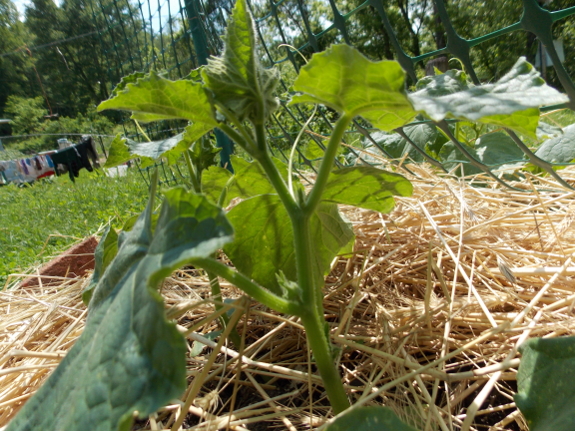
Have you ever been
wandering through the garden, and for a split second you can actually
taste that cucumber that hasn't even bloomed yet? Okay, maybe I
just have a very vivid imagination....
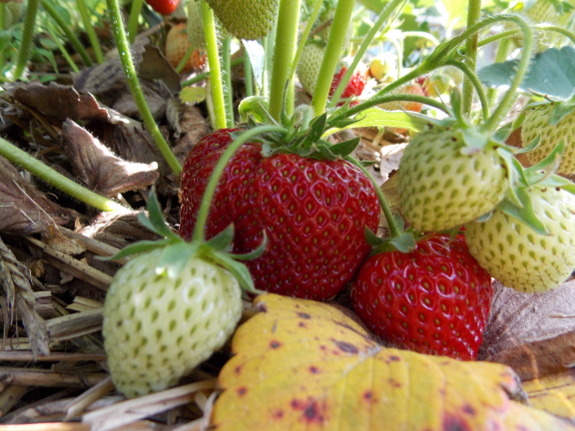
Gustatory hallucinations
aside, the actual garden produce is starting to expand out into summer
bounty. Tuesday officially began strawberry
week, when we
stopped rationing those delectable fruits and started gorging.
Tuesday also would have been the first tasting of sugar snap peas in
2013, but Mark was at an inventor's conference and I didn't want to
partake without him, so I saved the first crunchy duo for today.
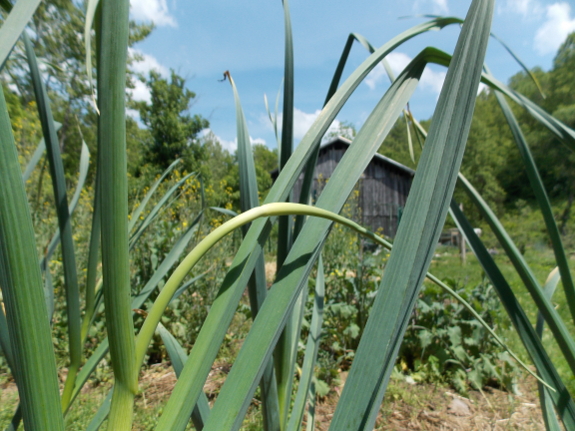
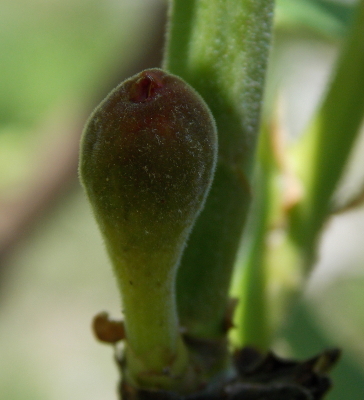
We're still eating
asparagus, although I've let each plant unfurl one stalk to recharge
their root batteries, and that's slowed production down. Kale
raab is also slowing
down, but it looks like garlic scapes will be joining our menu
this week, and we're already eating the spring planting of Swiss
chard. There's still plenty of lettuce, although it's going a bit
bitter and will probably be off the menu soon. And, look!, the
Chicago Hardy fig has already set its first fruit!
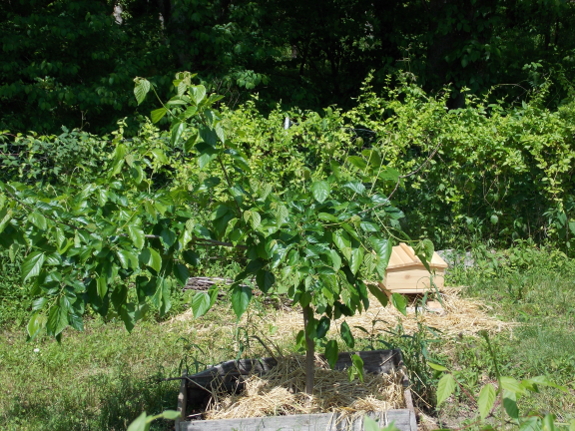
And then there are my
thrice-daily pickings of mulberry leaves. Oh, wait, those are for
our silkworms, not for us....
Want more in-depth information? Browse through our books.
Or explore more posts by date or by subject.
About us: Anna Hess and Mark Hamilton spent over a decade living self-sufficiently in the mountains of Virginia before moving north to start over from scratch in the foothills of Ohio. They've experimented with permaculture, no-till gardening, trailersteading, home-based microbusinesses and much more, writing about their adventures in both blogs and books.
Want to be notified when new comments are posted on this page? Click on the RSS button after you add a comment to subscribe to the comment feed, or simply check the box beside "email replies to me" while writing your comment.

We are harvesting our asparagas for the second year. How do you know when you should let them go and stop harvesting. This year I think that we stopped to early out of fear of hurting the plants. Do you have any suggestions on this . Henry
I have 4 large barrels over planted with asparagus roots that are 3 years old. I have seen my first few spears in the barrels and have debated taking a few spears since the root are "older". So far I have not taken the 1 or 2 spears that are large enough. I think I'll just let them grow out.
How long does it take for a spear to grow into the fan-leaf version of itself?
Theresa --- This is our first experiment with silkworms, so I'm reporting everything over on our chicken blog as we figure it out. Currently, our goal is to raise several batches (probably 3 or 4) over the course of the growing season, then to feed the caterpillars to chickens. This post links to the posts I've made so far, which will catch you up.
Gerry --- If you let the spears go past eating stage, I'd say it takes two or three weeks for them to fully fan out. If you can handle waiting, it does seem to be a good idea to let the roots grow for as long as possible before you harvest. Don't forget to stake the fronds so they don't fall over and snap off!